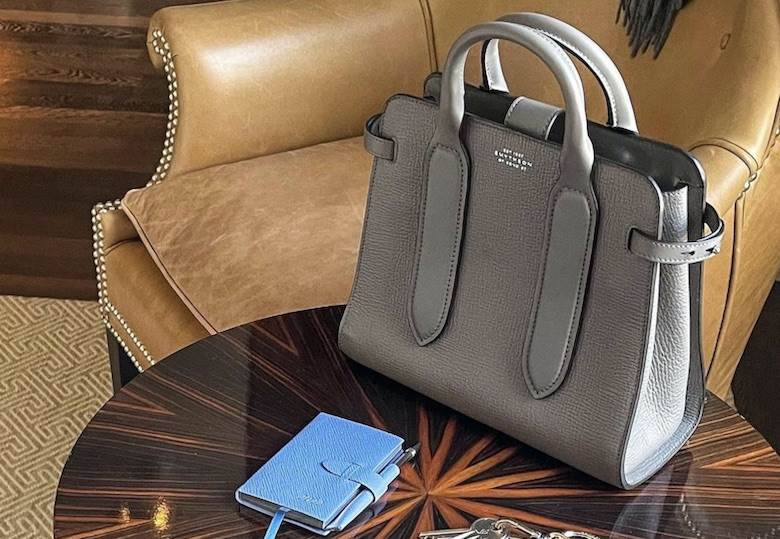Positive Luxury’s top COP26 takeaways
18/11/2021

Ms Davis-Peccoud has headed up Bain’s global sustainability and corporate responsibility practice for over a decade and is currently based in Amsterdam.
The topic of discussion centred on the 2021 United Nations Climate Change Conference, also known as COP26, which concluded earlier in November in Glasgow. Specifically, the two businesswomen delved into the key takeaways from the conference for luxury brands.
Touching upon the European Commission’s recently publicised proposed new rules for six major commodities (beef, soy, palm oil, wood, cocoa and coffee) and some derived products – such as leather, furniture and chocolate – in an express bid to contribute towards a reduction in global deforestation, Ms Verde Nieto and Ms Davis-Peccoud emphasised the role of luxury supply chains. (The former even suggested that a more concrete linguistic reframing is needed in this area, in which supply chains are considered “value chains” and suppliers become “partners”.)
After praising the perceived increased engagement of business leaders in COP26, regenerative agriculture and ensuring traceability of supply were identified as two more “mindful” routes to sourcing materials for luxury businesses.
Yet, conscious of the fact that only around 7% of companies succeed in achieving their sustainable transformation goals, according to Ms Davis-Peccoud's experience in consulting, the Bain partner went on to outline three key building blocks for both big and small luxury brands to consider when it comes to successfully communicating their sustainability storytelling.
Firstly, it was suggested that if an enterprise has not yet made their sustainability commitments public, then now is the time to make its goals known. Ms Davis-Peccoud acknowledged that while taking initial steps in this area can be difficult, things become “a lot easier when you get going”.
Secondly, adopting a “base notes versus high notes” strategy when it comes to brand communications was emphasised. This is how luxury brands can differentiate themselves and more effectively compete in today’s market, the Bain specialist said.
Drawing from her professional consulting background, Ms Davis-Peccoud underscored that while a business may be broadly involved in several sustainability initiatives (its “base notes”), it should home in on pitching relatively few – ie, one or two – concepts to consumers as its “high notes”. For example, it was recommended that a company with strong relationships with its farmers should highlight its commitment to providing living wages, for example, as opposed to employing a more broad-brush approach.
Thirdly, Ms Davis-Piccoud stressed the need to avoid an “hourglass” effect, in which senior executives (at the top of the hourglass) and more junior team members (at the lower level) are demonstrably more engaged in implementing business-wide sustainability strategies than middle managers.
The idea is to “widen” or even “transcend” the hourglass by tying sustainability metrics to employee objectives and incentives, for instance, as well as more directly connecting junior team members with executives to “unleash their energy”.
Both Ms Verde Nieto and Ms Davis-Peccoud noted how what consumers can do on a personal level proved to be something of a missing puzzle piece during COP26, but they suggested that this aspect would increasingly come under the microscope.
British brand Smythson has previously received Positive Luxury’s Butterfly Mark for its company-wide commitment to sustainability. Credit: Smythson via Instagram











